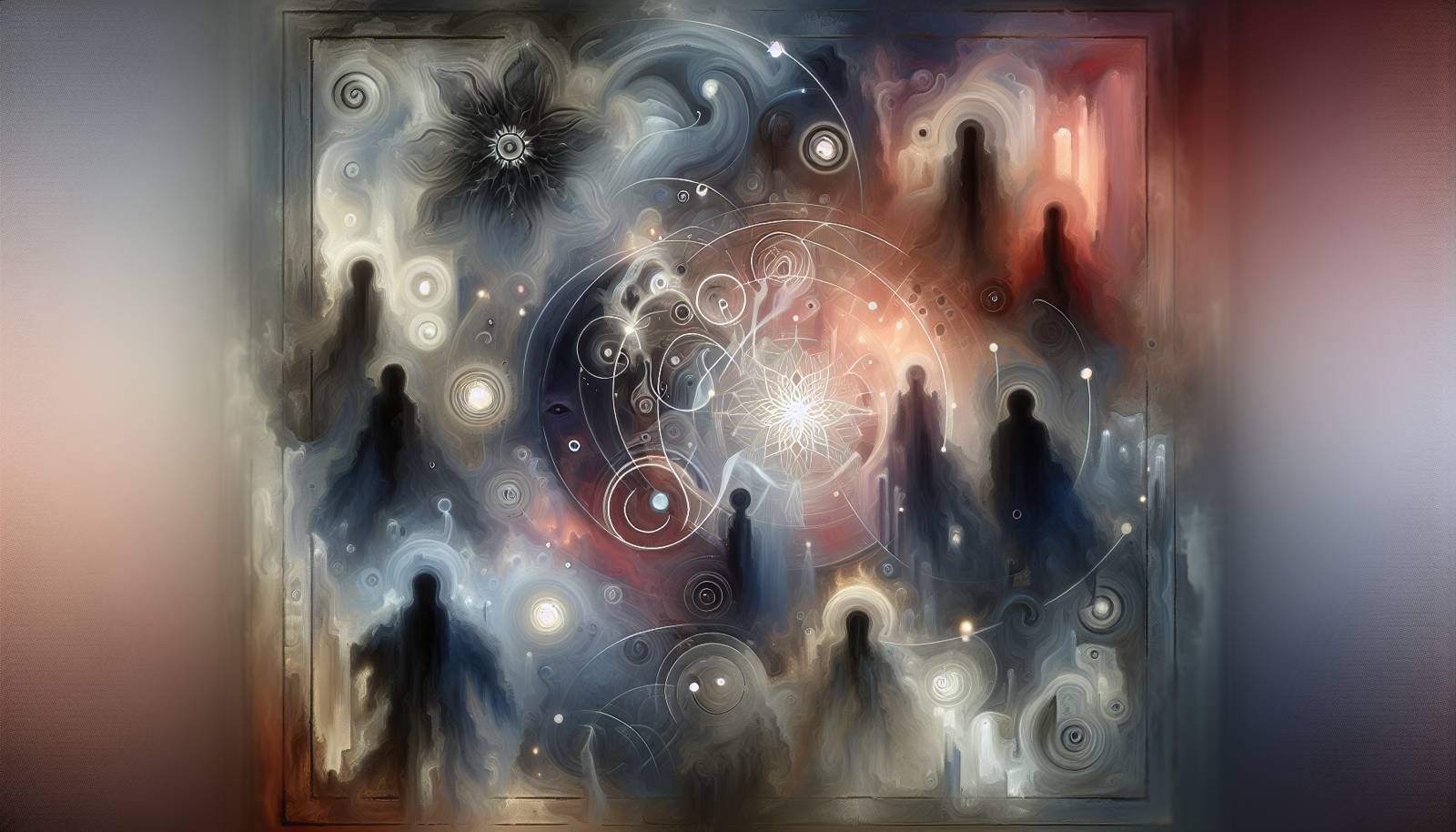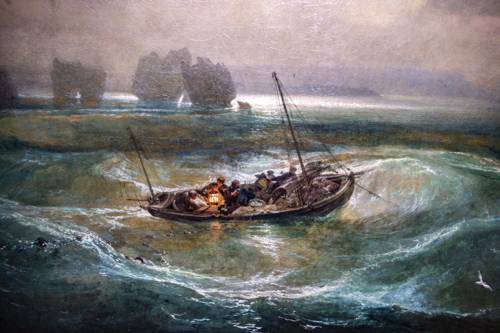
FAQ About The Role of Global Horror Stories in Cultural Exchange

What is the significance of horror stories in cultural exchange?
Horror stories are a valuable medium for cultural exchange because they encapsulate the unique fears and anxieties of different societies. These tales often reflect local folklore, mythologies, and social issues, providing insight into what different cultures find frightening. By sharing and experiencing these stories, people can gain a deeper understanding of foreign cultural narratives and values, fostering empathy and cross-cultural awareness.

How do horror stories reflect a society’s fears and anxieties?
Horror stories often mirror the collective fears and anxieties of a society by incorporating themes that are culturally relevant. For example, Japanese horror stories frequently feature vengeful spirits or cursed locations, reflecting traditional beliefs in the supernatural. Similarly, American horror often deals with themes of isolation and survival, possibly reflecting contemporary societal anxieties about violence and alienation. These stories serve as a window into the societal psyche, illustrating what a culture considers threatening or unsettling.

Can you provide examples of horror stories from different cultures?
Yes, there are numerous examples of horror stories from around the world. In Japan, 'The Ring' ("Ringu") is a famous tale about a cursed videotape. In Mexico, the legend of 'La Llorona' tells of a ghostly woman who mourns her drowned children. From Nigeria, the story of 'The Lady Koi Koi' is told in boarding schools to warn students about a vengeful ghost. Each of these stories incorporates elements specific to their cultural origins, creating unique narratives that resonate within their societies.

How have horror stories evolved over time across cultures?
Horror stories have continually evolved, influenced by historical events, technological advancements, and cultural transformations. In the past, horror tales were often passed down orally and focused on local myths. However, with the advent of film and literature, these stories have reached global audiences. Modern horror frequently incorporates contemporary fears, like technology in 'Black Mirror' or pandemics in films like 'Contagion.' As societies change, so do the elements of horror, adapting to resonate with current anxieties while preserving traditional elements of terror.

What role does folklore play in the creation of horror stories?
Folklore is often a foundational element of horror stories, as it provides a repository of myths, legends, and archetypes that storytellers draw upon. These tales, passed down through generations, carry cultural values and cautionary lessons, serving as a backdrop for horror stories. For instance, the European folklore of witches and werewolves has informed countless horror narratives, while African narratives often explore the spiritual and supernatural. Folklore adds depth to horror stories, connecting them to cultural history and communal memory.

Why are ghost stories particularly popular across different cultures?
Ghost stories are universally popular because they tap into a fundamental fear of the unknown and our intrinsic curiosity about what happens after death. Across cultures, ghosts often serve as symbolic representations of unaddressed guilt, revenge, or unfinished business. This universality allows ghost stories to transcend cultural boundaries, making them relatable and compelling. Additionally, ghost stories are highly adaptable, allowing cultural specifics to be incorporated into the narrative, thus maintaining their popularity worldwide.

How do horror films contribute to global cultural exchange?
Horror films play a significant role in global cultural exchange by visually and thematically sharing stories that might otherwise be confined to their cultural origins. Films like 'The Grudge' and 'Pan's Labyrinth' introduce audiences to Japanese and Spanish cultural motifs, respectively. Through international film festivals and streaming platforms, horror films reach global audiences, spreading cultural narratives and fostering dialogue about the common fears and societal issues reflected in these stories.

What impact do translations have on horror stories in cultural exchange?
Translations are critical in making horror stories accessible to a global audience, but they can also alter the narrative's impact. While translations enable cross-cultural understanding, nuances from the original language may be lost, which can affect how fear is perceived. Despite this limitation, translated horror stories still introduce audiences to new cultural perspectives and issues, promoting cultural exchange. High-quality translations strive to preserve the essence of the original story while making it relatable to new audiences.

Are there common themes in horror stories across different cultures?
Yes, many horror stories across cultures share common themes such as fear of the unknown, the supernatural, death, and the corruption of innocence. These universal fears find different expressions in diverse cultural contexts, making them relatable despite varying cultural backgrounds. For instance, the theme of supernatural entities appears in the form of ghosts, demons, and witches across cultures, each with unique cultural contexts and interpretations. These shared themes highlight the common human experiences and fears that transcend cultural boundaries.

How do modern horror stories differ from traditional ones in terms of cultural representation?
Modern horror stories often incorporate contemporary societal concerns and are influenced by global interconnectedness, leading to more diverse cultural representations. Traditional horror stories typically drew on local folklore and myths, while modern horror might include themes like cyber-technology, global pandemics, or ecological disasters. As cultural interactions increase globally, modern horror stories may blend elements from various traditions, creating hybrid narratives that address global as well as local fears, enhancing cross-cultural representation and understanding.

What is an example of a horror story that has influenced popular culture globally?
'Dracula,' by Bram Stoker, is a prime example of a horror story that has exerted tremendous influence on global popular culture. Originally rooted in Eastern European folklore, the tale of Dracula has inspired countless films, books, and adaptations worldwide. The character has become a cultural icon, symbolizing the allure and danger of the unknown. Dracula's story has paved the way for other vampire narratives, deeply influencing the horror genre and contributing to ongoing cultural dialogues about fear, mortality, and the other.

How do horror stories address social issues in different cultures?
Horror stories often use their storytelling framework to highlight and critique social issues within different cultures. For instance, South Korean horror films like 'Train to Busan' address themes of social class disparity and governmental inadequacy. Similarly, Jordan Peele's 'Get Out' uses horror to explore racial tensions and systemic racism in America. By embodying social anxieties into narrative elements, horror allows for a reflection on pressing societal concerns, prompting discussions and raising awareness across cultural and national boundaries.

What challenges do authors face when their horror stories are adapted into films for different cultures?
Authors often face several challenges when their horror stories are adapted into films, especially for foreign audiences. Cultural nuances and specific references may be diluted or lost, which can affect the story's authenticity and impact. Moreover, filmmakers might alter plot elements to appeal to wider audiences, potentially changing the story's original intent. Balancing cultural specificity with universal appeal is a key challenge in adapting horror literature into films, yet successful adaptations can result in culturally enriching exchanges that resonate with global viewers.

Why might some horror stories not translate well across cultures?
Some horror stories may not translate well across cultures due to the inherent cultural specificity of their themes, references, and settings. Certain cultural symbols and motifs that evoke fear in one culture might be misunderstood or not as impactful in another due to differing worldviews and folklore traditions. Additionally, linguistically bound metaphors and expressions might lose their effectiveness in translation. These challenges can hinder the story's ability to evoke the intended emotional and psychological responses in diverse audiences.

How do urban legends shape contemporary horror stories?
Urban legends significantly shape contemporary horror stories by providing modern, relatable, and often cautionary tales that reflect current societal fears and anxieties. These legends serve as an evolving folklore, staying relevant to contemporary audiences by addressing modern concerns such as technology, urban isolation, and anonymity. Examples include tales of haunted websites or mysterious figures in urban settings. Urban legends enrich horror narratives by blending timeless folklore elements with current societal contexts, enhancing the story's relatability and perceived authenticity.

What role do superstitions play in cross-cultural horror narratives?
Superstitions play a pivotal role in cross-cultural horror narratives by adding layers of cultural context and belief systems that define what is considered terrifying. These beliefs can contribute to horror stories by dictifying scenarios or elements considered taboo or dangerous, such as crossing paths with certain creatures or occurrences. By incorporating superstitions, horror narratives can authentically represent cultural fears, making them more resonant and specific, yet relatable to global audiences who recognize similar patterns in their own cultures.

How does horror literature promote empathy across cultures?
Horror literature promotes empathy across cultures by presenting readers with intense emotional experiences that reveal the fears and deeper anxieties of different societies. By immersing in these stories, readers can gain insight into cultural values, struggles, and existential worries, fostering an emotional connection. Understanding the underlying human emotions in horror stories helps break down cultural barriers, encouraging readers to recognize and empathize with the shared human condition, despite diverse worldly perspectives and cultural backgrounds.

Can horror stories help in preserving cultural identities?
Yes, horror stories can help preserve cultural identities by encapsulating and perpetuating traditional beliefs, myths, and oral histories within their narratives. These stories often include folklore and cultural motifs specific to a region, passing down ancestral wisdom and communal values. As they are shared across generations, horror stories sustain cultural identities and offer a means for cultures to assert their unique narratives within the broader global context, contributing to cultural continuity and memory.

What impact has globalization had on horror stories?
Globalization has had a profound impact on horror stories, leading to increased cultural exchange and the blending of diverse storytelling elements. It has paved the way for the hybridization of horror genres, with stories incorporating themes, creatures, and settings from various cultures. This cross-pollination enriches the horror genre, introducing audiences to a broader array of narratives and fears. However, globalization can also lead to the homogenization of certain storytelling aspects, potentially overshadowing local uniqueness in favor of broader appeal.

How do interactive media and games contribute to the cross-cultural spread of horror stories?
Interactive media and games contribute to the cross-cultural spread of horror stories by engaging global audiences in dynamic storytelling experiences. Video games like 'Silent Hill' or 'Resident Evil' introduce players to horror themes rooted in different cultural contexts while allowing them to actively participate in the narrative. Such interactive formats provide an immersive experience that is both educational and thrilling, encouraging players to explore and understand cultural nuances and fears from various societies, thus facilitating cultural exchange.
